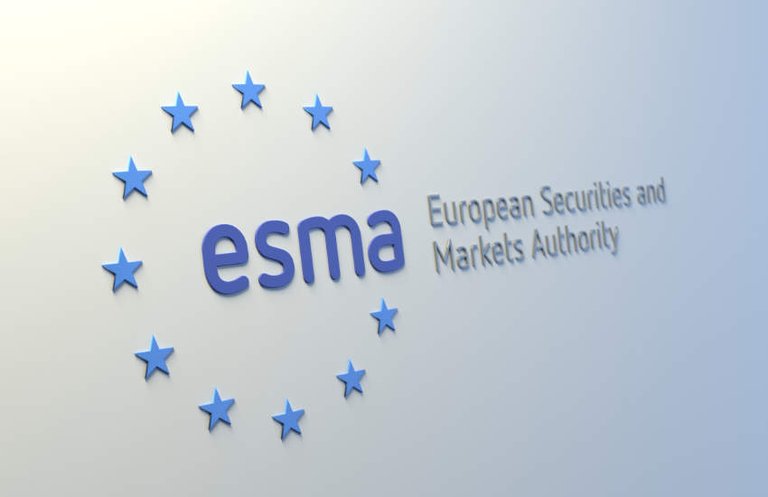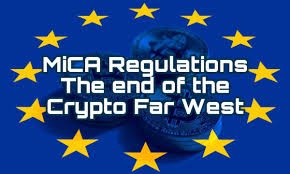
The European Securities and Markets Authority (ESMA) has issued a directive mandating that crypto-asset service providers (CASPs) delist stablecoins that fail to comply with the Markets in Crypto-Assets Regulation (MiCA). However, ESMA has not specified which stablecoins or issuers are non-compliant, leaving room for ambiguity as the new regulations reshape Europe’s crypto landscape.
MiCA's Role in Regulating Stablecoins
Implemented on June 30, 2024, MiCA provides a comprehensive regulatory framework for asset-referenced tokens (ARTs), commonly referred to as stablecoins, and electronic money tokens (EMTs). These regulations aim to bring clarity, transparency, and accountability to the issuance and trading of stablecoins within the EU.
According to ESMA’s recent guidance, individuals or entities other than the original issuers of ARTs or EMTs can only offer these tokens to the public or list them on trading platforms under strict conditions. Key requirements include:
- Authorization: The issuer of the stablecoin must be authorized to operate within the EU.
- Written Consent: Any entity offering or listing the token must secure written approval from the issuer.
The directive builds upon the European Commission’s July 2024 Q&A, which clarified that activities like trading or exchanging non-compliant stablecoins could violate MiCA regulations. Furthermore, the European Banking Authority (EBA) has called on stakeholders to assess the MiCA compliance of their tokens and cease services involving non-compliant assets.

"Sell-Only" Period for Non-Compliant Stablecoins
While pushing for compliance, ESMA has introduced a "sell-only" transition period lasting until the end of the first quarter of 2025. This allows investors to liquidate their existing holdings of non-compliant stablecoins.
During this phase, ESMA requires CASPs to:
- Clearly inform investors about the regulatory implications for their non-compliant stablecoins.
- Provide guidance on converting these assets into MiCA-compliant alternatives.
- Offer concise, transparent details about the restrictions imposed by MiCA and their potential impact.
This approach aims to balance regulatory enforcement with investor protection, giving stakeholders time to adjust to the new requirements.
Tether’s USDT Under Scrutiny
One of the most notable stablecoins impacted by MiCA is Tether’s USDT, the largest by market capitalization. In December 2024, Coinbase delisted USDT and other non-compliant stablecoins from its European platforms to align with MiCA.
Tether now faces imminent delistings across multiple exchanges in the EU unless it develops a MiCA-compliant version of USDT. While Tether has reportedly begun working on regulatory-compliant alternatives, no timeline has been provided for their launch.
The potential delisting of USDT presents an opportunity for compliant competitors like Circle’s USD Coin (USDC) and Ripple’s RLUSD to fill the gap. However, such transitions may disrupt the market, as Pascal St-Jean, CEO of 3iQ Corp., explained in a Bloomberg report:
“A significant portion of crypto assets trade in pairs against Tether’s USDT. Shifting to other stablecoins or fiat trading pairs could introduce inefficiencies and raise costs for investors.”

Challenges and Concerns Surrounding MiCA
While MiCA represents a landmark step in harmonizing Europe’s crypto regulations, it has raised concerns about its potential unintended consequences:
- Regulatory Overreach: The strict requirements for stablecoin compliance risk stifling innovation and pushing smaller projects out of the market.
- Global Competitiveness: Critics worry that Europe’s stringent rules could drive crypto innovation and investment toward more permissive regions, potentially undermining the EU’s position in the global crypto industry.
- Ambiguity in Implementation: Industry leaders, such as Gemini’s head of Europe, have voiced frustration over the lack of clarity in applying MiCA to specific stablecoins and emerging use cases like decentralized finance (DeFi).
MiCA’s Impact on Europe’s Crypto Market
MiCA’s rollout is set to trigger a wave of consolidation across the industry, as larger firms with robust compliance infrastructures absorb smaller players unable to meet regulatory demands. This institutionalization could stabilize the market but risks narrowing competition and innovation.
At the same time, stablecoin regulations under MiCA could catalyze significant shifts in liquidity and trading dynamics. For example:
- USDT’s potential delisting may temporarily disrupt liquidity, particularly for trading pairs heavily reliant on Tether.
- USDC and other compliant stablecoins are poised to gain market share, capitalizing on the regulatory vacuum.
Ultimately, how effectively ESMA and other regulatory bodies enforce MiCA while addressing concerns over innovation and global competitiveness will shape the future of the EU’s crypto ecosystem.
Something I don't understand is whether they're trying to completely ban the stablecoins they can't control in the EU, or just prevent EU exchanges holding and transacting in them.
If an EU citizen is found to be holding these coins after the sell-only window expires, will they face confiscation, fines or imprisonment ? What happens if an EU citizen buys or sells some of these stablecoins from an exchange based outside the EU, or holds them on a wallet provided by a business outside the EU ?